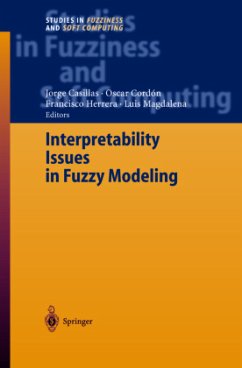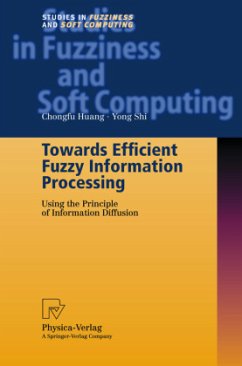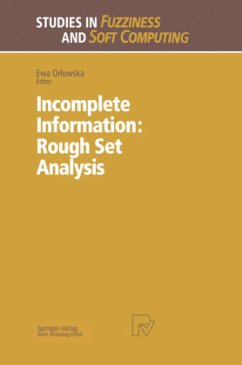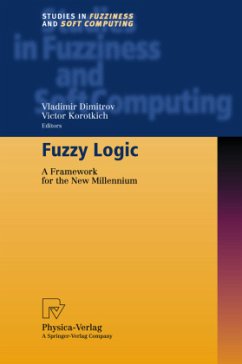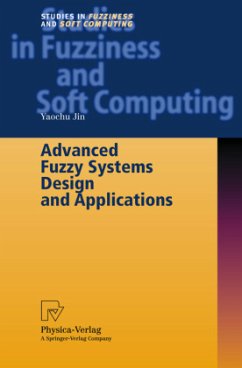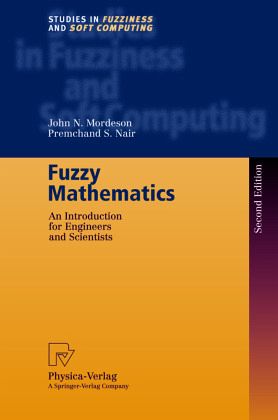
Fuzzy Mathematics
An Introduction for Engineers and Scientists
Versandkostenfrei!
Versandfertig in 1-2 Wochen
107,99 €
inkl. MwSt.
Weitere Ausgaben:

PAYBACK Punkte
54 °P sammeln!
The book deals with fuzzy graph theory, fuzzy topology, fuzzy geometry, and fuzzy abstract algebra. It presents the concepts of fuzzy mathematics with applications to engineering, computer science, and mathematics. In this second edition the chapter on geometry is expanded and contains results on the degree of adjacency of two regions and the degree of surroundedness of a region by another. Applications to digital polygons and image description are also given. Furthermore, the new edition includes results on image enhancement and thresholding by optimization of fuzzy compactness as well as results concerning a Hausdorff distance between fuzzy subsets. The most current work on the solution of nonlinear systems of fuzzy intersection equations of fuzzy singletons has been added to the chapter on algebra. The book is written with engineers and computer scientists in mind, but it can also serve as a research guide to interested mathematicians as it involves current results.
In the mid-1960's I had the pleasure of attending a talk by Lotfi Zadeh at which he presented some of his basic (and at the time, recent) work on fuzzy sets. Lotfi's algebra of fuzzy subsets of a set struck me as very nice; in fact, as a graduate student in the mid-1950's, I had suggested similar ideas about continuous-truth-valued propositional calculus (inffor "and", sup for "or") to my advisor, but he didn't go for it (and in fact, confused it with the foundations of probability theory), so I ended up writing a thesis in a more conventional area of mathematics (differential algebra). I especially enjoyed Lotfi's discussion of fuzzy convexity; I remember talking to him about possible ways of extending this work, but I didn't pursue this at the time. I have elsewhere told the story of how, when I saw C. L. Chang's 1968 paper on fuzzy topological spaces, I was impelled to try my hand at fuzzi fying algebra. This led to my 1971 paper "Fuzzy groups", which became the starting pointof an entire literature on fuzzy algebraic structures. In 1974 King-Sun Fu invited me to speak at a U. S. -Japan seminar on Fuzzy Sets and their Applications, which was to be held that summer in Berkeley.





